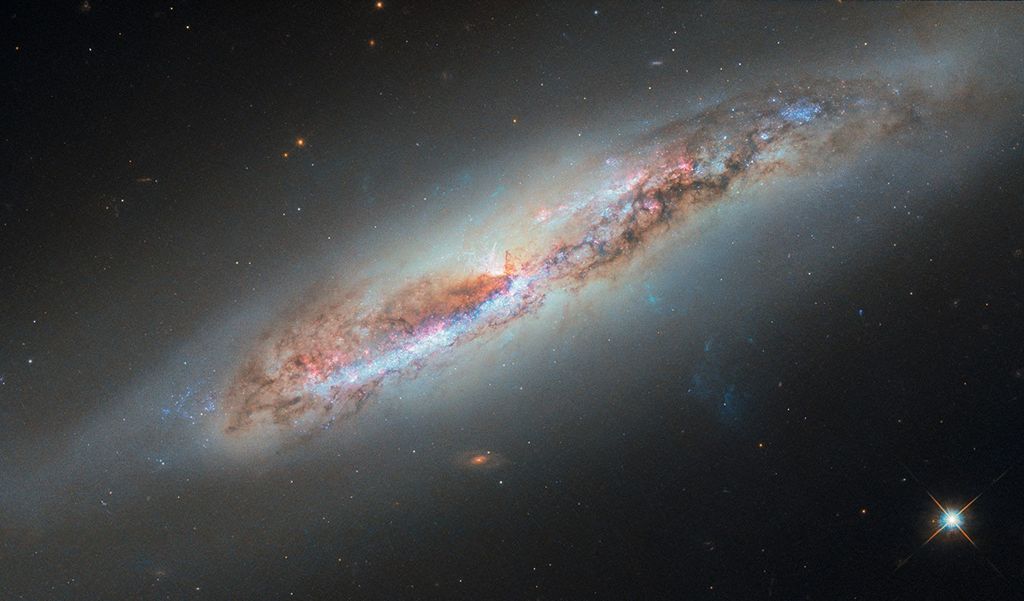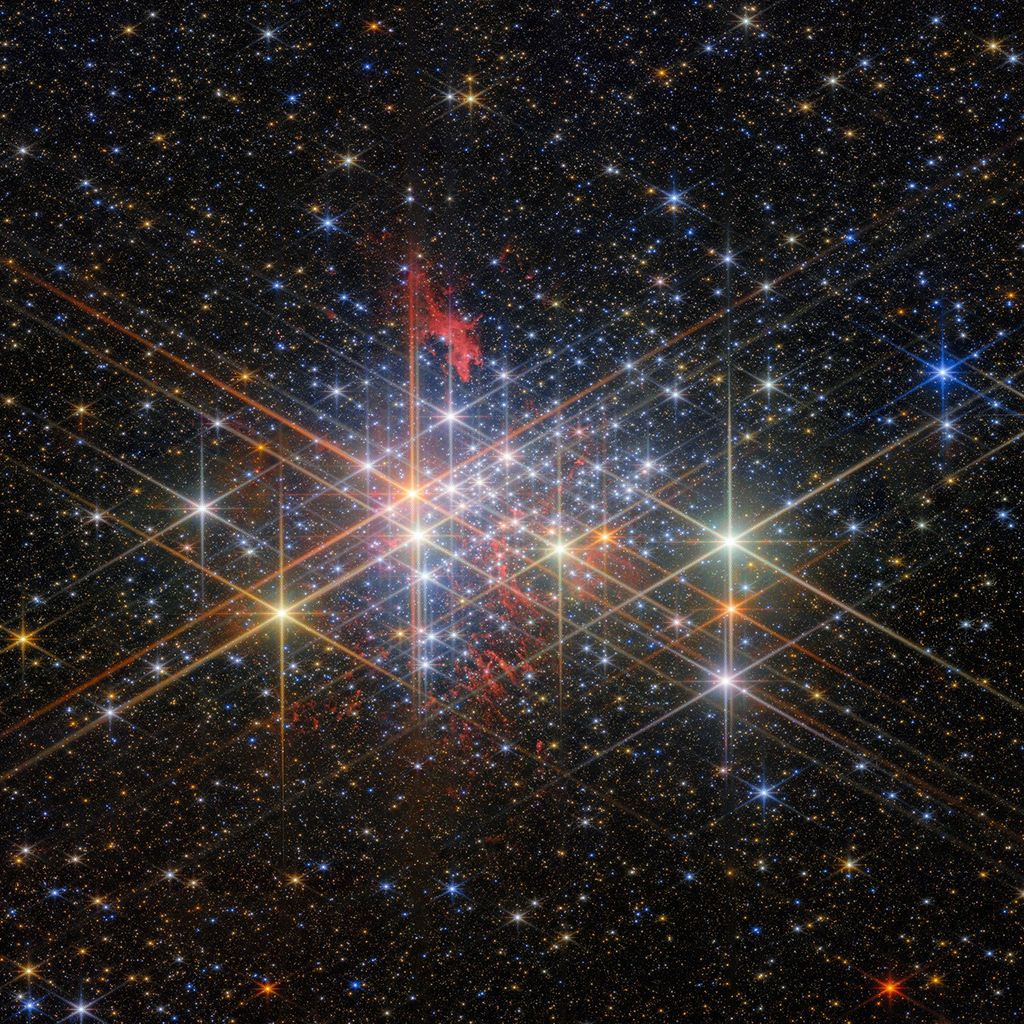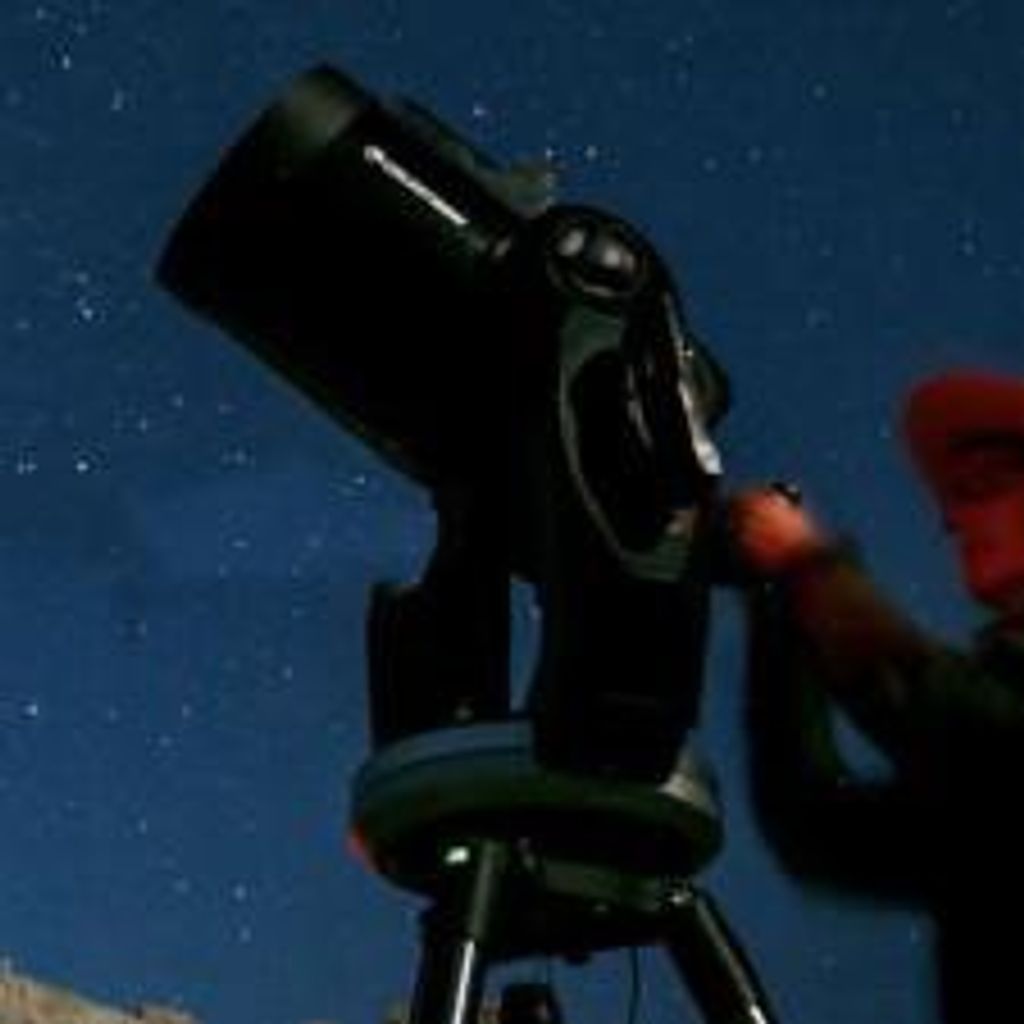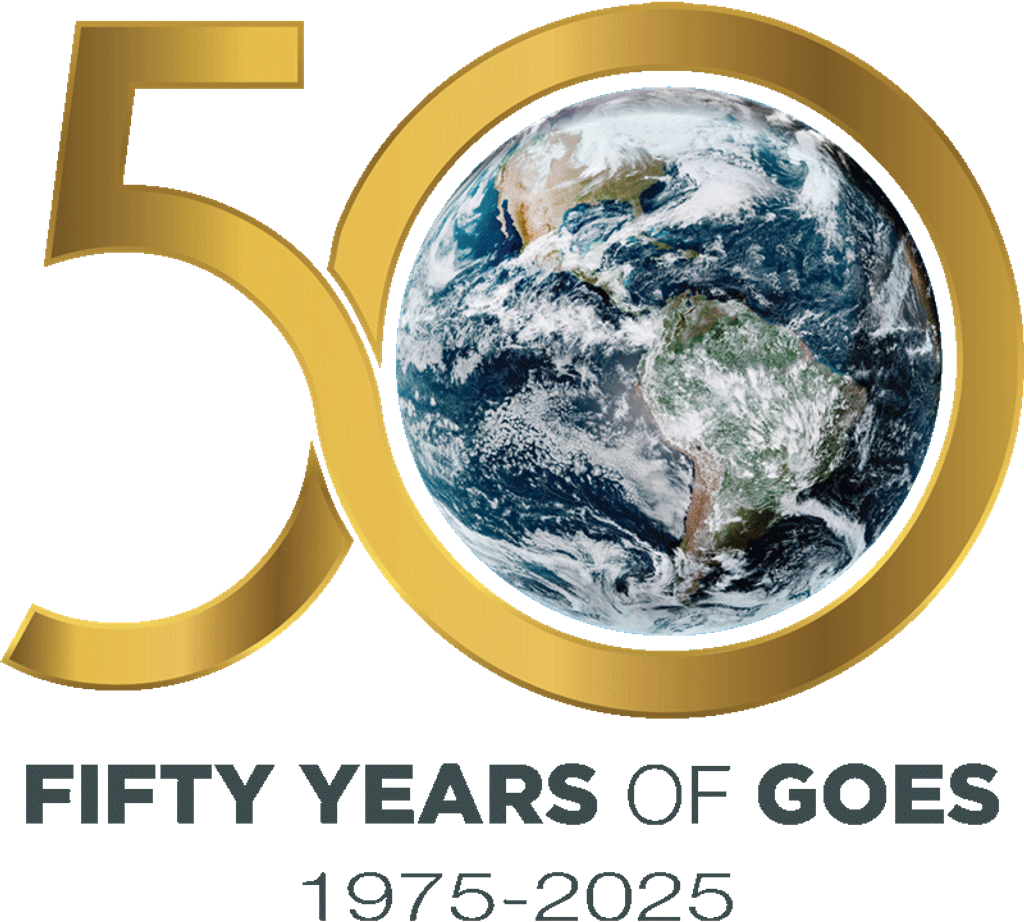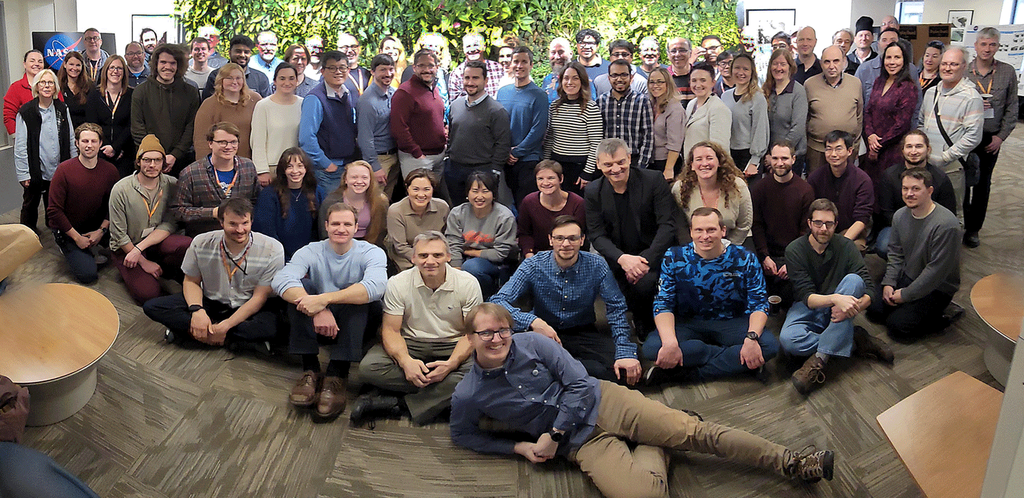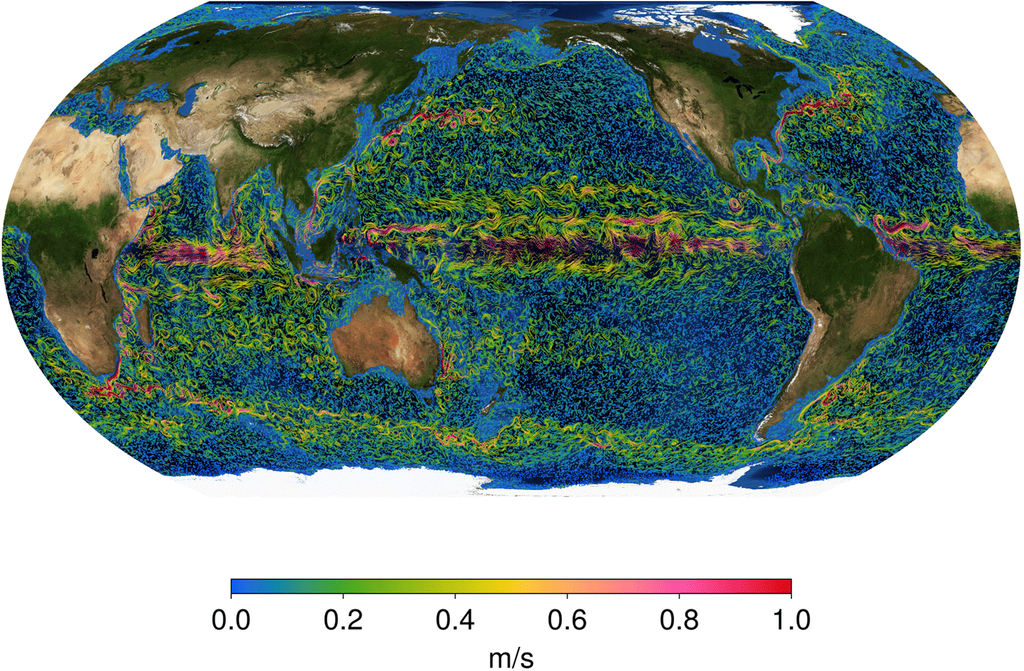1 min read
Symbiotic Star R Aquarii

This illustration depicts one possible explanation for R Aquarii's semi-periodic outbursts. The peculiar behavior of R Aquarii suggests that the red giant star in the R Aquarii system may spill some of its mass onto the companion – a common mechanism proposed for most nova-like outbursts. The mass transfer process may form an accretion disk: a swirling, flattened vortex of hot gasses that spiral down onto the hot companion. The disk may periodically erupt when the companion becomes overloaded with in-falling material. These explosions may happen only periodically when the white dwarf orbits close enough to pull in material from the star's outer layer.
About the Object
- R.A. PositionR.A. PositionRight ascension – analogous to longitude – is one component of an object's position.23h 43m 49.46s
- Dec. PositionDec. PositionDeclination – analogous to latitude – is one component of an object's position.-15° 17' 4.2"
- Object NameObject NameA name or catalog number that astronomers use to identify an astronomical object.R Aquarii
- Release DateOctober 4, 1990
- Science ReleaseR Aquarii – A Nearby Exploding Star
- Credit
Related Images & Videos

HST Image of R Aquarii
This is the first picture taken by HST of a recent nova, the star system R Aquarii. The two dark knots at the center of the image probably contain the binary star system itself, which consists of a red giant and white dwarf star. The knots are dark due to saturation effects...
Share
Details
Last Updated
Aug 17, 2025
Contact
Media
Claire Andreoli
NASA’s Goddard Space Flight Center
Greenbelt, Maryland
claire.andreoli@nasa.gov

